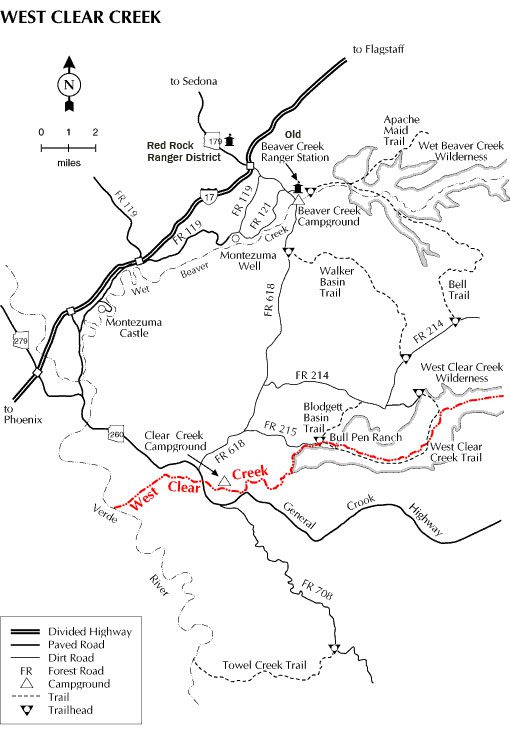May 10, 2023 – In an era marked by severe droughts, successful hydrological projects are a rarity. But according to the Arizona Department of Water Resources , a recent update from the U.S. Forest Service’s Coconino National Forest brings a ray of hope with a success story from the Verde River watershed.
, a recent update from the U.S. Forest Service’s Coconino National Forest brings a ray of hope with a success story from the Verde River watershed.
The hydrological restoration project known as the 2001 Clover Springs restoration project began 22 years ago with the objective of restoring 2,800 feet of stream channel. Remarkably, the project has achieved its objective without the need for human maintenance.
The project was a joint endeavor between the Coconino National Forest and Northern Arizona University
and Northern Arizona University . It received financial support from the Arizona Department of Water Resources’ Arizona Water Protection Fund
. It received financial support from the Arizona Department of Water Resources’ Arizona Water Protection Fund , as well as an Arizona Department of Environmental Quality 319 grant.
, as well as an Arizona Department of Environmental Quality 319 grant.
Reuben Teran, the manager of the Water Protection Fund program, expressed satisfaction at the continued benefits of the project to riparian habitats and water resources. He emphasized the importance of such projects across the state, which were made possible due to investments by the Arizona Water Protection Fund.
Part of the restoration project included the construction of two elk fences in the Clover Springs area to prevent grazing. One of these is a smaller enclosure in the 44 Canyon portion, and the other is a larger one located below where Dirtyneck Canyon crosses State Highway 87. Importantly, these fences were designed to not impede the passage of elk, deer, and other large animals across State Highway 87.

 map from the Arizona Department of Water Resources
map from the Arizona Department of Water ResourcesThe U.S. Forest Service reports that this year’s snowpack runoff through the restored area has been excellent. The Forest Service says that there have been multiple stream restoration projects in the Hoxworth Springs drainage, located in the Upper Lake Mary watershed, which were initiated between 1996 and 2010. The Forest Service has been able to monitor these projects effectively due to this year’s optimal stream flows.


Leave a Reply